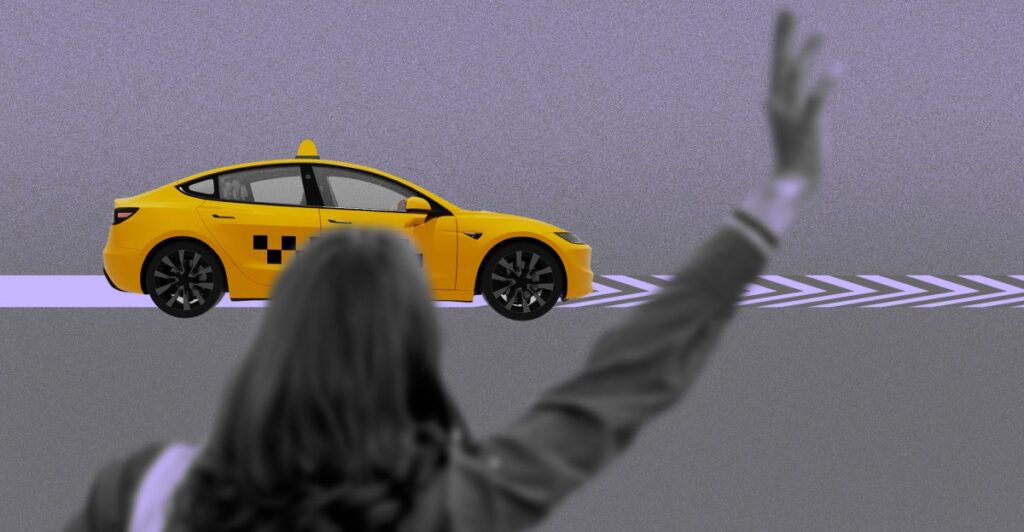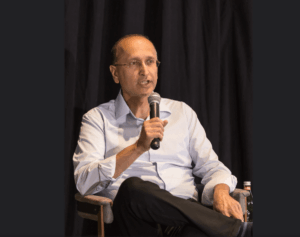
Over the years, Tesla has carved a niche for itself by hosting grand events that generate significant buzz for its upcoming releases. However, the recent robotaxi launch in Austin, Texas, deviated from this tradition. Instead of a large-scale event, the rollout was dominated by a tight-knit group of Tesla influencers and Elon Musk superfans, who are staunch supporters of the CEO’s vision.
Journalists and tech bloggers, who might have offered a more critical perspective on the technology, found themselves excluded from the event. They were not only sidelined but also faced ridicule from Tesla fans and their followers for posing basic questions about the service. This behavior mirrors a culture of skepticism towards critical media, a sentiment Musk himself has fostered over the years.
The Role of Influencers in Tesla’s Media Strategy
Prominent influencers, such as Zack on X, have openly shared their experiences of ignoring traditional media inquiries. A post by Zack, boasting over 2,000 likes, highlighted his decision to dismiss a Reuters journalist. Supportive comments from other users echoed a disdain for legacy media, with some suggesting they would unfollow accounts that engaged with traditional journalists.
Kim Java, a Tesla influencer with a substantial YouTube following, also chose to decline interviews with major media outlets, preferring to maintain control over her narrative. The phrase “we are the media now” has become a rallying cry among these influencers, who enjoy exclusive access similar to that which they criticize legacy publications for.
“The best response would [be] to add a precondition and ask them to go on camera blanket apologizing for all the lies and smears against Elon and Tesla first,” remarked the account Tesla insights.
Echo Chambers and Corporate Propaganda
Experts suggest that this influencer-led coverage results in a rollout that resembles a beta test rather than a transparent tech demonstration. Joan Donovan, a Boston University professor and author of “Meme Wars,” describes the event as a classic case of “corporate propaganda.” She argues that the push around robotaxis is primarily about restoring Tesla’s reputation, creating an echo chamber effect.
Ed Niedermeyer, author of “Ludicrous: The Unvarnished Story of Tesla Motors,” shares a similar view. He likens the influencers to a “Greek chorus” that collectively works to enhance the perception of Tesla’s robotaxis. This narrative-building is evident in online forums like Reddit’s r/SelfDrivingCars, where users have noted an influx of pro-Tesla content following the launch.
“They know what their job is and Tesla knows how to use them,” Niedermeyer tells The Verge.
Tesla’s Evolving Media Landscape
This influencer-led event marks a significant evolution in Tesla’s media strategy, which has increasingly sidelined traditional journalistic outlets. The company dissolved its PR team in 2020 and has since avoided engaging with reporters. Following his acquisition of Twitter in 2022, Elon Musk has further skewed the media landscape by banning accounts critical of him and his companies.
Despite this, Tesla has cultivated a loyal fan base, reminiscent of early Apple enthusiasts, eager to defend the company against media criticism. Initially, this support was organic, attracting technologists and clean energy advocates. However, as Niedermeyer notes, enthusiasm has waned due to underwhelming demos and unmet promises, leaving behind a core group of steadfast supporters.
The Perks and Risks of a Superfan Strategy
Boosting Tesla’s image online comes with rewards. Many influencers share personalized referral codes, offering perks like Supercharger miles or car purchase discounts. However, some Tesla owners allege removal from these programs after posting critical content.
“The product is so dope they don’t need a PR department,” says YouTube creator and Tesla fan Galileo Russell.
While this strategy has its benefits, it operates within an echo chamber that may not be sustainable long-term. If Musk’s vision of widespread autonomous Teslas is to materialize, the company will eventually need to engage with a broader audience, including skeptics. This openness could expose more of the company’s shortcomings, which even its influencers struggle to overlook.
Tesla did not respond to requests for comment, and several influencers cited in this article have yet to reply. As Tesla continues to navigate its complex relationship with the media, the balance between influencer support and broader transparency remains a critical challenge.







